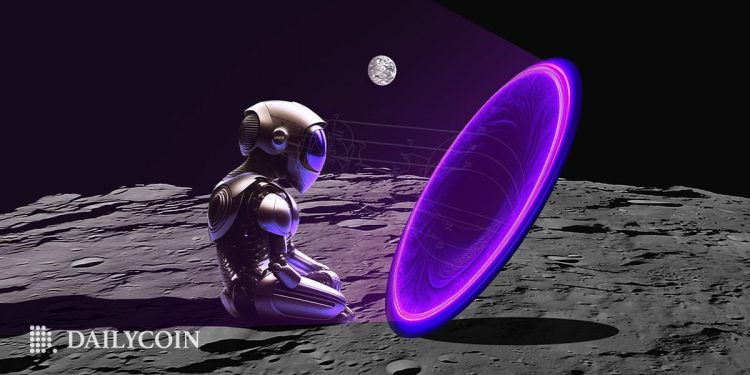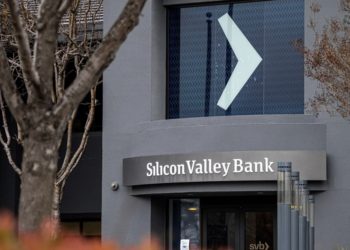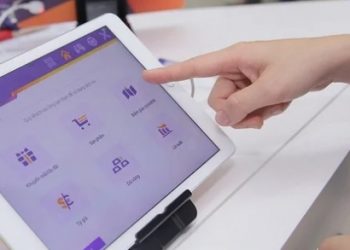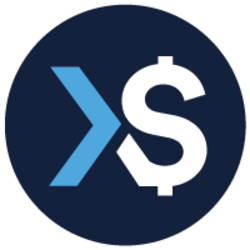ỉnh thoảng, Crypto Twitte r tiếp tục xuất hiện với các thông điệp dự báo rằng thị trường dự đoán DeFi có thể trở thành một trong những câu chuyện nóng nhất của năm 2023.
DailyCoin đã quyết định xem xét kỹ hơn thị trường và kiểm tra xem có cơ sở nào cho các tuyên bố như vậy hay không. Tỷ lệ cược cao mà thị trường dự đoán phi tập trung sẽ đột nhiên tăng trong năm nay?
Đây là những gì chúng tôi đã phát hiện ra.
Thị trường dự đoán DeFi là gì?
Thị trường dự đoán phi tập trung cho phép người dùng đặt cược vào kết quả của các sự kiện trong tương lai. Nói một cách đơn giản, họ có thể đặt giá thầu trên các chủ đề được tranh luận cao và kiếm được từ đúng.
Trái ngược với thị trường tương lai, thị trường dự đoán chỉ tập trung thuần túy vào các sự kiện đời thực: từ những chiến thắng thể thao và những người đoạt giải Oscar cho đến việc ra mắt sản phẩm mới hoặc kết quả của cuộc bầu cử tổng thống bất cứ nơi nào trên hành tinh. Trong khi đó, trên thị trường tương lai, trọng tâm chính là sự thay đổi giá của tài sản cơ sở.
động như thế nào?
Hầu hết các thị trường dự đoán DeFi sử dụng một mô hình hoạt động tương tự và đề nghị đấu thầu tùy chọn nhị phân. Người dùng đặt giá thầu bằng cách mua cổ phiếu của kết quả đã chọn. Các cổ phiếu này thường có giá từ 0,1 USD đến $1. Chúng đại diện cho xác suất của kết quả và dao động theo số lượng giá thầu được đặt.
Dưới đây là những gì nó trông giống như trên một trong những thị trường dự đoán phi tập trung, Polymarket, trong đó hỏi liệu Avatar: The Way of Water sẽ tổng hơn 650 triệu đô la trong nước vào ngày 31 tháng 1 năm 2023:
Nguồn: Polymarket.com
Mỗi tùy chọn phản ánh giá trị thị trường, biểu thị bằng cent. Cả hai đều luôn cộng lên đến tổng giá trị $1.
Giả sử bạn mua 10 đô la cổ phần của tùy chọn “có”. Trong trường hợp đó, bạn có thể có lợi nhuận tiềm năng là $152.98, hoặc 1,430%, nhiều hơn khoản đầu tư ban đầu của bạn.
Giá trị di chuyển vào và ra
Một cái nhìn sâu hơn vào hệ sinh thái của thị trường dự đoán phi tập trung cho thấy nó có hơn hai mươi giao thức.
Tổng giá trị bị khóa (TVL) trên tất cả các giao thức này đại diện cho hơi hơn 15,6 triệu USD tại thời điểm viết. 14,87 triệu USD hoặc 95% của tất cả TVL trên thị trường dự đoán DeFi được tổ chức trên bốn giao thức hàng đầu.
Mỗi người trong bốn nhà lãnh đạo nắm giữ một giá trị cao hơn 1 triệu USD. Đây là Azuro (5,37 triệu USD), Polymarket (4,2 triệu USD), Gnosis Protocol V1 (4,02 triệu USD), và Augur (1,29 USD). Bốn giao thức hàng đầu này đại diện cho một tỷ lệ 18% của tất cả các thị trường dự đoán DeFi chiếm.


Nguồn: Messari.io
Cả bốn đều chiếm 17,66% tổng giá trị tích lũy bị khóa trên nền tảng trong 30 ngày qua.
TVL chung hiện tại của họ thấp hơn 28,42% so với tổng giá trị bị khóa trên tất cả bốn giao thức ba tháng trước và thấp hơn 121.66% so với TVL tích lũy của một năm trước.
Các con số trên đại diện cho xu hướng chung của bốn thị trường dự đoán DeFi lớn nhất đang di chuyển đến. Tuy nhiên, mỗi giao thức cho thấy các mô hình hoạt động người dùng và chuyển động TVL của nó.
Hoạt động và động lực của người dùng
Even though user activity on different platforms varies, they are all driven by similar motivations.
Multiple behavioral researchers analyzing what drives people to bid on prediction markets agree that making money through betting is one of the most substantial motivating factors.
According to data published on Dune Analytics, the average user on the leading market, Azuro, makes around 23 bets and wins 11 of them. The average amount spent on bidding the future events is $472, meaning that the average bid comes with a price of $20.5.


Source: Dune.com
According to the statistics, the platform has paid out 41,390 bets out of a total of 87,781. This means that the odds of winning are close to 48%. The total amount of bets made on the platform since its mainnet launch in June 2022 is close to $1.84 million.
Three of four leading decentralized prediction markets offer bettings on future events related to sports. The sector is an absolute leader in the decentralized prediction market space and the broad markets of centralized online betting.
"The global sports betting market size grew from $96.84 billion in 2022 to $104.78 billion in 2023 at a compound annual growth rate of 8.2%, "says The Business Research Company, a betting market statistics provider.
Centralized Betting Markets Grow
When analyzing the reasons that fuel the growth of all kinds of betting markets, one of the time-tested arguments is that people tend to shift towards luck-based gambling activities during economic downturns.
The past year has been an iconic example of hard times: the Russian invasion of Ukraine disrupted the global economic recovery after the Covid-19 pandemic. It led to a worldwide surge in commodity prices, which caused a domino effect.
The prices of products and services spiked, automatically leading to inflation, decreasing purchasing power, and an economic slowdown.
The cryptocurrency market had one of the most challenging years in its history, losing more than $1 trillion by 2022.
Meanwhile, last year’s statistics for the sports betting market illustrate that economic hard times might be related to growing interest in gambling activities.
According to the data, New York, the largest mobile sports betting market in the US, reported $16.2 billion of the total money wagered throughout 2022. Considering that the same market reported $21.1 million as its total handle in 2021, the change marks a breathtaking 76,568% increase in the inflows.
The impressive change happened right after the state legalized mobile betting. However, the amount of inflows does not refute the scale of the existing potential.
For the crypto economy, the question is whether decentralized prediction markets can expect even a tiny part of similar growth in the near future.
Crypto Adoption Slows Down
Historically, higher user involvement in crypto-related activities was always connected with a higher adoption rate.
According to blockchain analytics Chainalysis, overall crypto adoption slowed down in 2022, although it remains “well above the levels that preceded the 2020 bull market.”
DeFi’s total value locked on its protocols dropped by 73%, from $165 to $44 billion within a year, according to DeFillama. Despite this fact, the amount of capital locked remains nearly 70 times larger than it was three years ago.
Industry researchers expect the DeFi market will continue to grow at a Compound Annual Growth Rate (CAGR) of 42.5% from 2022 to 2030.
"The emergence of blockchain-based prediction platforms is anticipated to create growth opportunities for the industry over the forecast period," the research says.
What are the Odds for the Prediction Market to Boom?
On the one hand, we have a proven example that people are more willing to place bets during economic downturns. On the other hand, we still have a bear market and, thus, a slower rate of adoption, which is the critical factor in bringing more new users and new funds into the ecosystem.
There might be more micro-scale options that could shift the odds in one or another direction. DeFi prediction markets may come up with new prospective partnerships and technical innovations that could trigger user involvement and interest.
But they may face the more harsh regulations that could restrict platforms’ availability in certain jurisdictions.
With this in mind, the odds for DeFi prediction markets to suddenly boom appear even.
Find out more about potential ways to accelerate crypto adoption:
4 Ways to Accelerate Crypto Adoption
Check out why DeFi became the hottest crime target last year:
Web3 Crime Trends: What Is the Hottest Target?



























